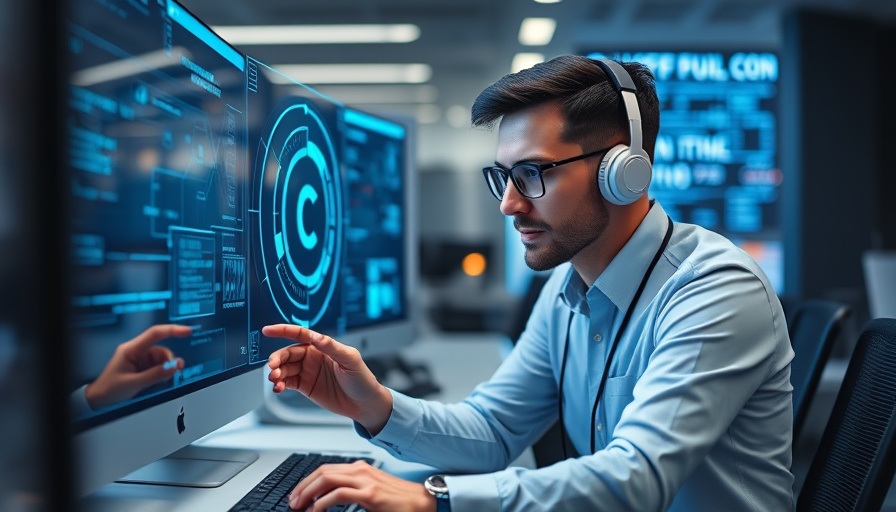
Unleashing Creativity: Exploring the Latest AI Tools
In a world increasingly captivated by innovations in AI, recent developments have introduced powerful tools that enhance creativity, making brainstorming and ideation processes significantly more engaging. This week's edition of AI News dives deep into creative AI technologies that not only amplify artistic potential but also revolutionize the way we think and create.
In 'My New Favorite AI Tool for Brainstorming & More AI Use Cases', the discussion dives into the latest AI advancements in creative technologies, exploring key insights that sparked deeper analysis on our end.
AI Creativity: More Than Just Art
Artificial Intelligence is reshaping how we view creativity. Platforms like Google's new creative 'mixboard' allow users to generate a plethora of images from simple prompts. For instance, asking for images of "cats with hats" leads to an array of whimsical designs, enabling marketers, designers, and individuals to explore unique visuals for branding and campaigns. By using AI-powered tools for graphic design, professionals can rapidly create concepts that previously required hours of manual effort.
The Intersection of AI and Music
Meanwhile, AI's expanding role in music generation indicates a shift towards a new era of creativity. The emergence of AI-powered music platforms, like the newly upgraded Suno V5, allows artists to produce songs that are difficult to differentiate from human-made content. As AI musicians like Monet gain traction, the lines between human and machine creativity blur, prompting questions about authenticity and ownership in the creative landscape.
AI in Video Production: A Game Changer
On the video front, advancements in AI capabilities are equally impressive. The ability of models like Quen's Max to analyze and describe video uploads is notable. Such functionalities can enhance video content significantly, transforming mundane footage into nuanced narratives by identifying scenes, actions, and settings. This not only streamlines the creative process but opens new avenues for storytellers and filmmakers in their craft.
Thinking Critically About AI Innovations
While the excitement around these tools is palpable, it’s essential to maintain a critical perspective on their implications. The rapid advancements in AI creativity raise significant ethical questions about authorship, the potential for over-reliance on technology, and the implications for traditional creative roles. As we embrace these innovations, it’s vital to contemplate how they complement rather than replace the human touch in creativity.
As AI continues to evolve, it becomes clear that the future of creativity is not just about machines creating but about how these tools transform our own creative processes. Discovering AI's potential can be a thrilling journey, and harnessing these advancements requires a blend of excitement and caution.
If you're intrigued by how AI is reshaping creative industries and want to see how these tools can serve your projects, it's time to embrace the power of creative AI. Look into the latest offerings and start experimenting with these innovative resources to elevate your creative workflow!
 Add Row
Add Row  Add
Add 




Write A Comment